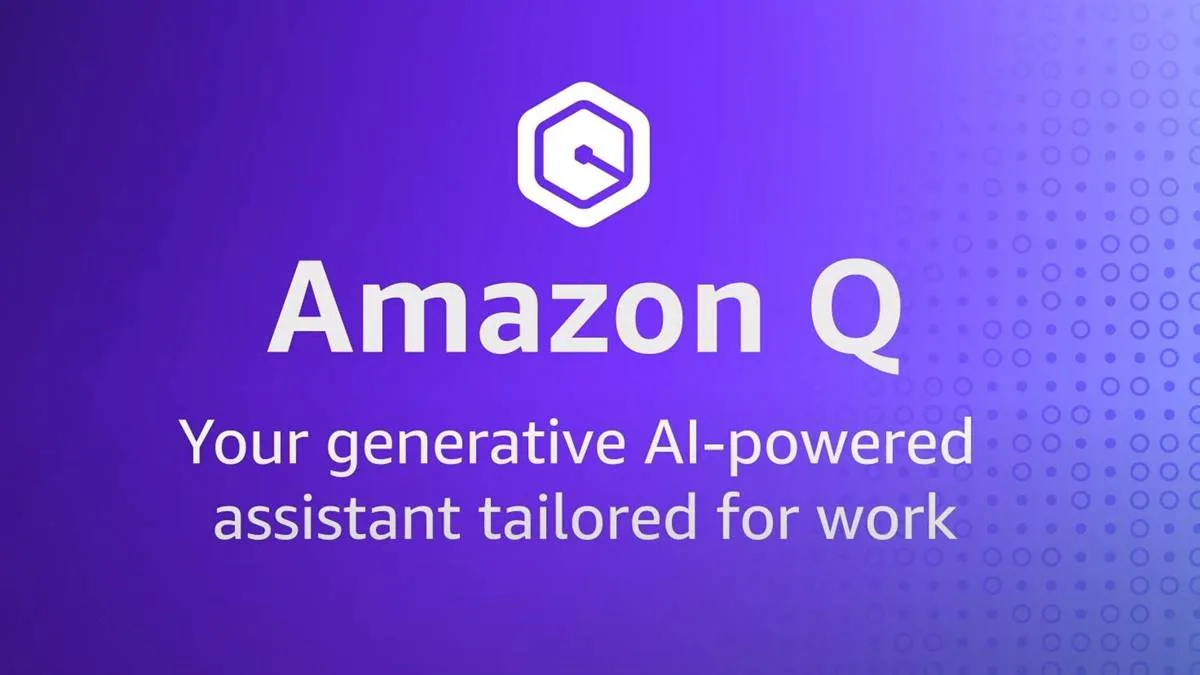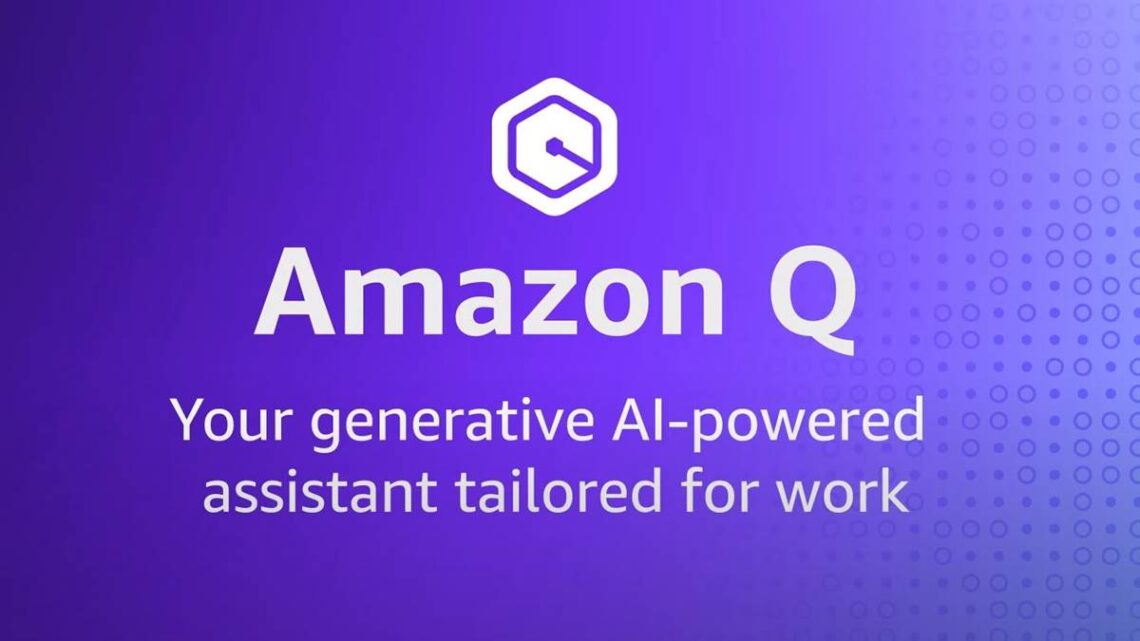Amazon unveiled its latest workplace AI chatbot, Q, during the Reinvent conference at Amazon Web Services in Las Vegas. This move is part of Amazon’s ongoing strategy to compete with industry giants Microsoft and Google in the realm of productivity software. Q follows in the footsteps of OpenAI’s ChatGPT, introduced a year earlier with support from Microsoft, which gained popularity for its generative artificial intelligence capable of crafting human-like text based on minimal input.

The moniker “Q” draws inspiration from the character in James Bond movies or the Q character in Star Trek, depending on the perspective of the AWS executive you consult. The preview version of Q is currently accessible, offering some of its features for free. Following the preview period, a business-oriented tier will be available for $20 per person per month, while a version catering to developers and IT professionals will be priced at $25 per person per month. In comparison, Microsoft 365’s Copilot and Google Workspace’s Duet AI for business users both command a higher price of $30 per person per month.

Q’s initial capabilities involve aiding users in understanding AWS features and assisting in problem-solving. It integrates with communication platforms such as Salesforce’s Slack and text-editing applications used by software developers. According to Adam Selipsky, CEO of AWS, the tool will be available in AWS’ online Management Console, offering chat responses supported by document citations.
Selipsky highlighted Q’s ability to automatically modify source code, reducing the workload for developers. The service is designed to connect with over 40 enterprise systems, allowing users to discuss information stored in platforms like Microsoft 365, Dropbox, Salesforce, Zendesk, and AWS’ S3 data-storage service. Users can also upload documents and pose questions while interacting with Q.
Steven Dickens, vice president and practice leader at the Futurum Group, a technology industry research firm, sees Q as a potential game changer for AWS customers dealing with a multitude of service options. He commends AWS for avoiding the temptation to create a separate AI assistant for each service in its portfolio, predicting widespread adoption of Q among both developers and cloud administrators in the coming months.
While Amazon has introduced various end-user applications over the years, including tools for supply chain management, email, encrypted messaging, video calling, customer service, and marketing outreach, none have achieved runaway success. AWS continues to generate the majority of its revenue from core computing and storage services.

















